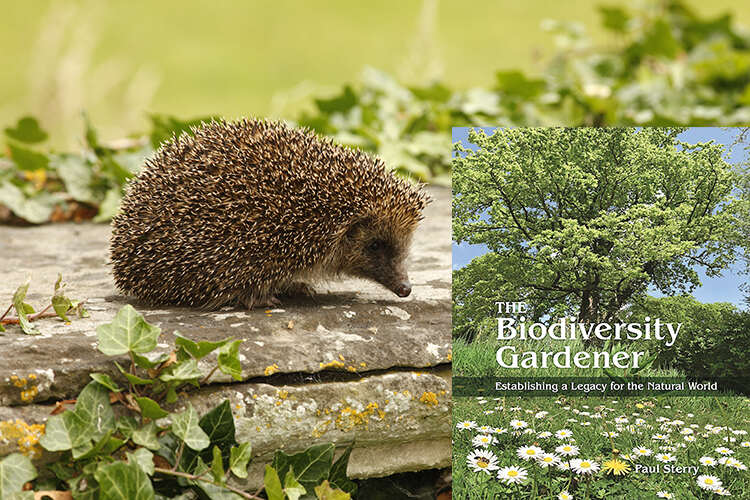
From a project to put his garden wildlife first, comes Paul Sterry’s love letter and comprehensive guide to biodiversity gardening
Review by Joanne O’Brien
Heading into a third decade of having a decent-sized garden in Hampshire, Paul Sterry increasingly saw himself as a mostly ‘failing conventional gardener’. The concept of pests and weeds was in contrast to his own mindset about a natural growing, living space. The acclaimed wildlife photographer, author of more than 50 books, instead saw himself as the only alien in the garden and part of the cause of the UK’s ‘catastrophic decline’ in environmental diversity. He embarked on a project to manage his garden putting wildlife first, using a light touch and learning from his experiment as he went along.
The result, The Biodiversity Gardener, is a 360-page love letter to a tract of land, a mourning for the wildlife and landscape he knew and took for granted as a boy, and a call to arms for us to notice more and interfere less when it comes to the natural world.
He sets out what we had and what we’ve lost over the centuries using historical documents such as enclosure and tithe maps, and analysis of land-use changes. By 1980, when what is now Natural England initiated an inventory of ancient woodland, ‘Britain had already lost half of what it had in 1945,’ Sterry writes. Yet today’s tree-planting initiatives do not an instant woodland make. We need to play the long game, he says, and the complex interconnected nature of a woodland habitat needs a good two decades to evolve. His assiduous note-taking over years of helping his garden become a microhabitat that reflects his local area reveals that his garden has hosted more than 400 species of moth, a particular indicator of ecosystem health.
Sterry’s astounding, well-captioned and numerous photographs enhance his beautifully designed book’s other role as a comprehensive scientific manual on practical biodiversity gardening, for everyone.




